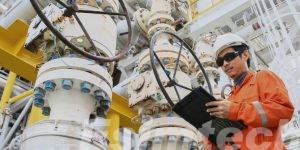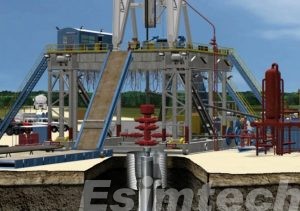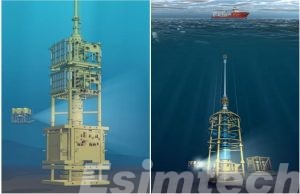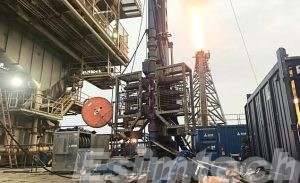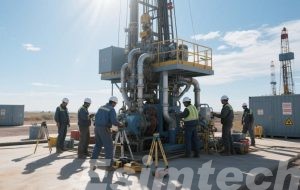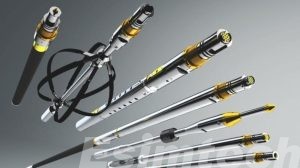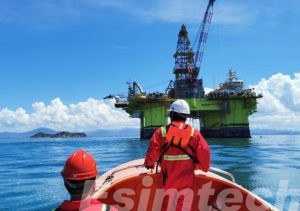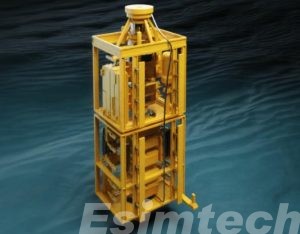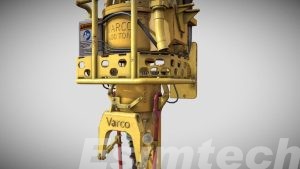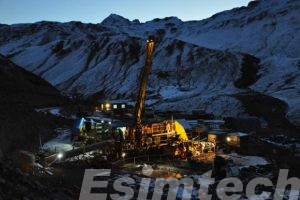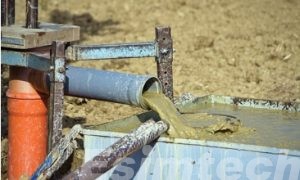Safety Training in Oil Transportation
Oil transportation, whether through pipelines, tankers, rail or road, is crucial in the global supply chain of energy. However, it also poses substantial risks for personnel, communities, and the environment. Transport accidents can result…
How Oil Drilling Animation Helps Prevent Rig Disasters
The oil and gas industry is the most challenging and dangerous of all industries, where minor errors can lead to catastrophic accidents. State-of-the-art oil drilling animation has now emerged as an…
How to Do Well Control Training in Petroleum
Well control training is essential for anyone working in the oil and gas industry, particularly drilling personnel, engineers, and supervisors. It provides safety, prevents blowouts, and keeps operations at an…
Hydraulic Workover Units vs. Snubbing Units: Selecting the Right Solution for Well Intervention
In the oil and gas industry, ensuring the highest level of production is often a matter of intervention in existing wells. The two most frequently employed technologies for well intervention are hydraulic workover units and…
Combining Coiled Tubing and Snubbing for Enhancing Well Intervention Efficiency
In the constantly evolving field of oil and gas well intervention, the combined use of coiled tubing and snubbing has emerged as an effective and versatile method to tackle the most difficult downhole challenges. Through using the…
What Is Balanced Drilling? Key Principles and Benefits
In oil and gas exploration, the way a well is drilled can make or break the project, affecting everything from speed and safety to the final cost. Balanced drilling has…
The Most Common Wireline Logging Tools and Their Uses
Wireline logging is a must-have step in oil and gas projects. It sends special tools down a borehole to collect clear data about rock layers, show where hydrocarbons sit, and help…
New Designs for Enhancing Crew Safety on Offshore Rigs
Offshore oil and gas exploration is one of the most dangerous working conditions in the world, and the crew safety on offshore rigs has become of paramount matter of concern. To meet the growing regulatory…
Explaining the Function and Importance of Subsea BOPs in Offshore Drilling
The prevention of blowouts during offshore drilling operations is both multifaceted and extremely difficult. As with any drill activity, there are safety protocols in place to avoid unfortunate accidents, but they…
How to Optimize Top Drive Systems
Top drive systems are the foundation of modern rotary drilling, providing improved control, greater flexibility and more safety when compared with traditional rotary table systems. In the current oil and gas industry, which moves into…
What is Slimhole Drilling
Although conventional oil and gas drilling methods remain prevalent, slimhole drilling is gaining traction due to its cost-reduction benefits. As new unconventional reservoirs are being explored these days, as well as…
Drilling Fluid Engineering for HTHP Wells
Drilling high-temperature and high-pressure (HTHP) wells comes with an array of unique technical challenges that require innovative engineering solutions. Among these, the design and management of the drilling fluids is one of the…

